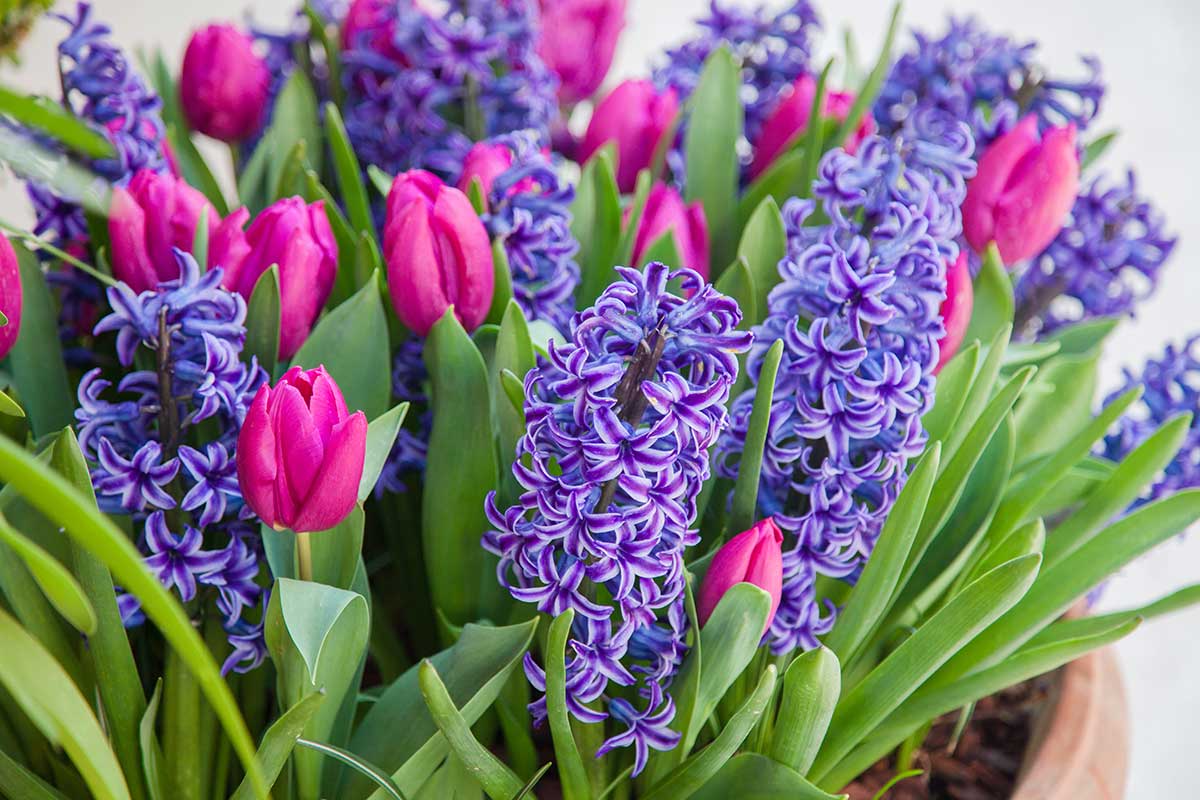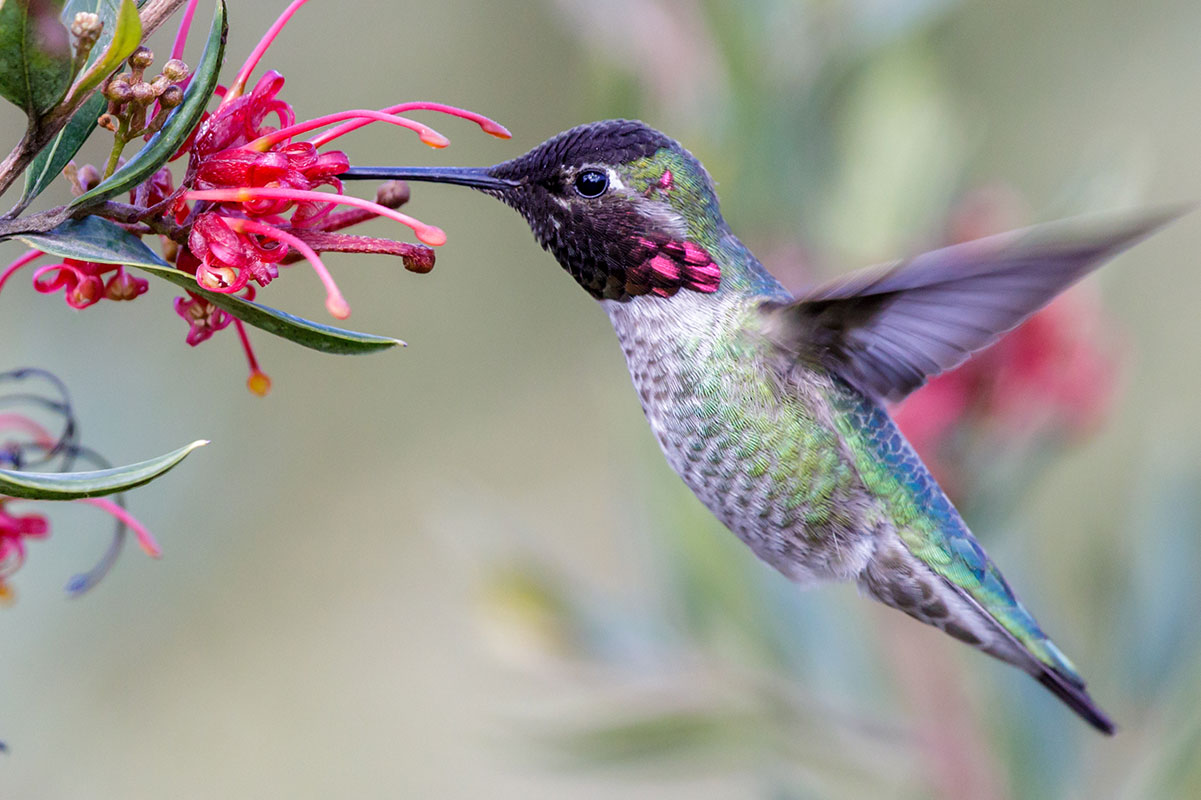Easter often makes us think of scooping up some flowers as a hostess gift or to add a pop of color to our own spring décor. But what plants are ideal picks for plant parents who are looking for flowers to thrive?
David Yost, a horticulturist at Merrifield Garden Center, which has locations throughout NoVA, says while Easter lilies are the most popular (and traditional) choice, spring bulbs also spark interest in buyers this time of year. Those include daffodils, hyacinths, and tulips.
“There’s even hydrangeas and azaleas that are in bloom,” Yost says.
All of those plants would fulfill a desire to spruce up a space, but depending on what you want to do with the flowers after Easter, Yost says some may be more suitable than others.
Temporary home for your Easter flowers
One approach that Yost calls “valid and legitimate,” is to see the spring bloom bulbs or Easter lilies as a “long lasting flower arrangement.”
“You enjoy the flowers while you have them, and then at the end of that bloom season you just throw them out into the compost,” he says.
The plants should last between a week to around 10 days, he says.
“The care really is the watering, the most common problem we see is either too much or too little,” he says.
Long-term home for your Easter flowers
Watering becomes increasingly important if you want to plant perennial bulbs, such as tulips, daffodils, or Easter lilies in your garden.
“If they stay really wet and soggy, those bulbs will rot, so we have to make sure the pots have drainage,” Yost says.
Oftentimes, the bulbs come wrapped in a foil or decorative container that can trap moisture.
“Take the plants over the kitchen sink, water them and let all of the water drain out,” Yost says. “After that water has drained through, then you can put them back into a decorative pot or container.”
Another tip Yost suggests is keeping sunlight on those bulbs while they’re inside. The cue to bring those bulbs out to the garden is when the bold colors start to fade.
“All of these need at least half a day of sun, and they can literally just be planted directly in the ground,” Yost says. “Even though the flowers have faded, we keep those leaves alive because those foliage and leaves are getting those bulbs rejuvenated and renewed and ready for next year’s bloom cycle.”
Some flowers may not be as hardy as you hoped
Though azaleas and hydrangeas are thought of as hardy shrubs in the garden, the flowers bought in stores this time of year may differ from others.
“These are plants that have been forced into bloom under greenhouse conditions,” Yost says. “Many times they are varieties that were bred for their flowers, not necessarily bred for their winter-hardiness.”
If you do decide to plant them, Yost says the advice on draining the water to avoid rotted roots applies to azaleas and hydrangeas as well.
“You can put them out in the garden, but whether they survive through this next winter or not is just an unknown,” Yost says.
Less traditional options, like pansies and primrose, are in bloom and are cold-hardy.
“They’re bright and colorful,” Yost says. “If you want to think out of the box and do something a little nontraditional, those would be great.”
Orchids also are in bloom, though those are tropical indoor plants.
How to care for cut Easter flowers
Bouquets provide an alternative, too.
“Cut flowers are always a winner,” Yost says. “They’re not going to have quite the longevity that buying the actual plants has.”
They typically last five or six days. He recommends keeping cut flowers out of direct sun, and instead in filtered light. Think spots near blinds or curtains. If possible, a cool environment is ideal.
Yost says changing the water daily and using fresh flower preservatives can preserve the bouquet.
With lilies, if the florist hasn’t already, pull off the stamens to help the flowers last.
For more home stories, subscribe to Northern Virginia Magazine’s Home newsletter.





